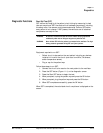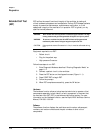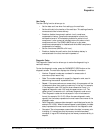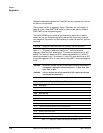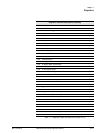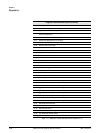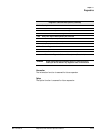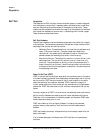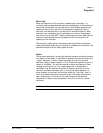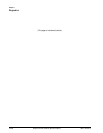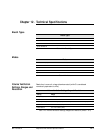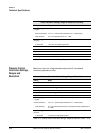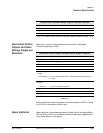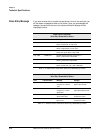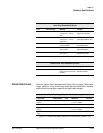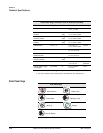
Chapter 11
Diagnostics
REF 1057983 A Respironics V200 Ventilator Operator’s Manual 11-11
Built-In Test
When the Respironics V200 ventilator is operating as a ventilator, it is
constantly making reasonableness checks on the operation of the hardware to
ensure that failures have not occurred and that the hardware appears to be
operating normally. Also, while the microprocessor is operating, there is
execution time available that is not required for ventilator operation. When
execution time is available, the microprocessor runs many of the hardware
tests that are run during POST. These include Program memory, RAM memory,
and other measurements that can be tested without interfering with the
operations of the ventilator.
The ventilator’s safety system of hardware checking software and software
checking hardware means that the ventilator only operates as a ventilator if the
extensive constraints of the safety system are met.
Restart
During normal operation, the ventilator performs background checks to ensure
the integrity of the system. If a problem is detected, the ventilator enters the
“restart” sequence, in which it opens the safety valve while it performs
additional integrity checks. Restart is 10 to 20 seconds, depending upon the
reason for the restart. The ventilator sounds an alarm and displays a visual
message indicating the unit is in a restart sequence. In some cases, a
countdown timer will display the number of seconds remaining until the
ventilator completes the restart cycle. If, during the restart sequence, an
actual problem is confirmed, the ventilator enters the “Vent Inop” state, in
which it activates audible and visual alarms while the safety valve remains
open. Alternatively, if at the end of the restart sequence the ventilator
determines it is safe to continue operation, the unit will return to normal
ventilation.
NOTE: A “restart” is an infrequent event.



